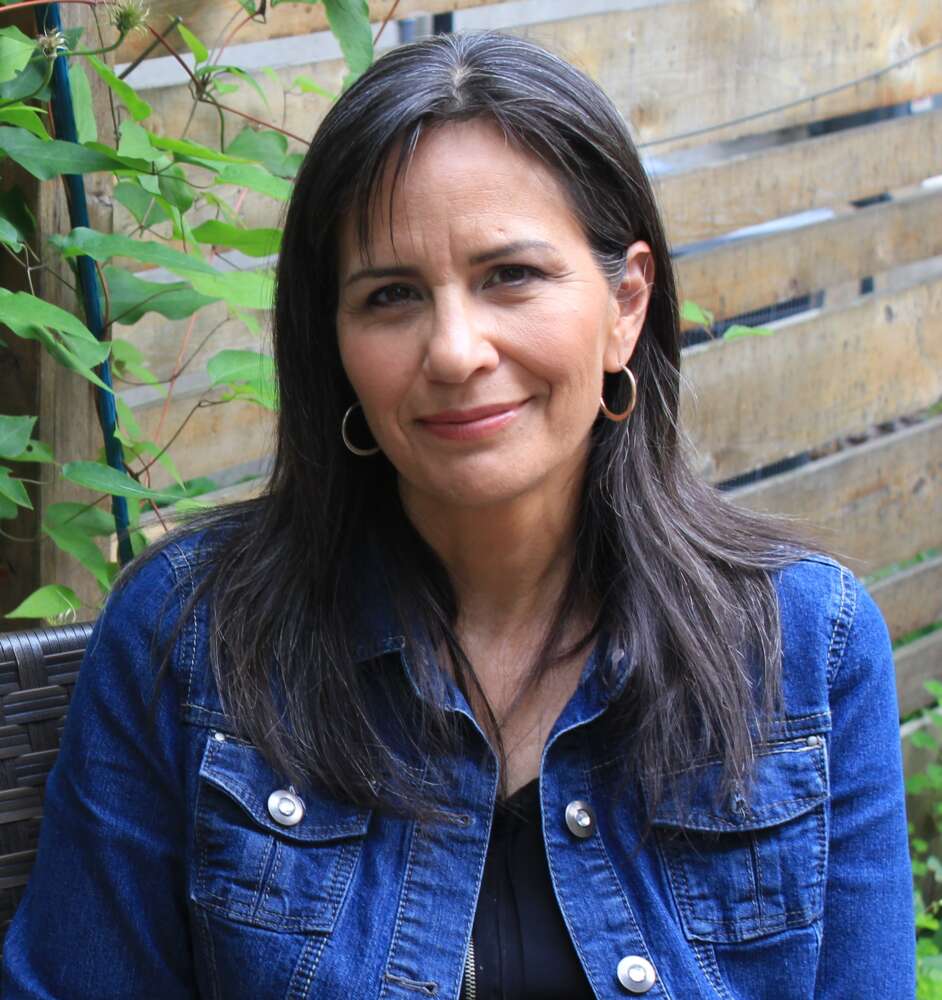Hopeful Indigenous futures and improved machine learning are the goals of two renewed University of Guelph Canada Research Chairs (CRC) announced today by the federal government.
The funding is part of a $133.7-million federal investment announced today for 82 new and 75 renewed chairs across Canada.
The CRC program attracts and retains outstanding researchers in various fields, assisting Canadian post-secondary institutions to foster excellence in research and training.
Dr. Kim Anderson, Department of Family Relations and Applied Nutrition, College of Social and Applied Human Sciences, and Dr. Graham Taylor, School of Engineering, College of Engineering and Physical Sciences, will receive renewed support for their existing chairs.
Both awards are Tier 2 CRCs for exceptional emerging leaders in their field and will provide $100,000 a year for five years. Most of this funding supports the chair and chairholder’s research.

Dr. Kim Anderson
CRC in Storying Indigenous Relational Futures
Anderson will continue to explore what it means to build Indigenous relationships with all our relations — human, non-human and ancestral worlds.
“In the context of a global pandemic, increasingly divisive politics, climate crisis and war, my collaborators and I wanted to explore how we can create spaces of belonging and purpose — especially for our young people — where we can take up hopeful practices,” she said. “Hope doesn’t necessarily come from the big picture, but we can find it in the small things, in the everyday, in our relations.”
The renewed CRC will enable Anderson and her collaborators to pursue projects that focus on building spaces of Indigenous belonging on campus, in academic practice, in galleries and museums, and among Indigenous groups internationally. Storying — the use of narrative traditions rooted in Indigenous ways of knowing and being — will be central to their work.
In one project, Anderson, her team and her students will create space for Indigenous relationality on campus, through ceremonial work and other land-based practices, as well as teaching one another around the kitchen table in their lab, always with food and tea. Nokom’s House, an Indigenous community-oriented research hub, will provide the physical space for these activities.
In another project, the team and Anderson’s co-curators will develop an exhibition that counters colonial histories and facilitates conversations about reconciliation at the Guelph Civic Museum.
Anderson will also assist Dr. Maria Campbell, a Métis author, playwright, teacher, Elder and community advocate, to document, theorize and write about the practices of Indigenous oral history.
Finally, the team will explore revitalization through Indigenous language instruction at Guelph and storying with the Sámi people in Sweden.
“International Indigenous knowledge exchange is magical,” Anderson said. “It’s informative and transformative for an Indigenous person to think about her context from a different but related perspective.”

Dr. Graham Taylor
CRC in Machine Learning
Taylor is working to make deep learning technology more environmentally and socially responsible. Deep learning is a branch of artificial intelligence (AI) that trains computer systems to mimic the way the human brain processes information, enabling those systems to recognize patterns, analyze data, and make predictions.
“I am mainly an AI capabilities researcher,” Taylor said. “I push the boundaries of how AI systems learn and adapt, but there’s an opportunity to do this while also helping to address pressing societal issues.”
Taylor and his team aim to improve how efficiently AI systems process data to decrease their power consumption. Conserving energy will reduce AI’s carbon footprint and cost, increasing its environmental sustainability and accessibility beyond big business.
The team will also continue collaborating with U of G’s Centre for Biodiversity Genomics (CBG), using deep learning to extend how CBG discovers, catalogues and monitors biodiversity and biodiversity loss around the world.
In a third project, they will develop AI for designing physical objects. Limited to what they know from their training and experience, humans can produce only a tiny set of solutions to a design problem, explained Taylor. Generative AI will vastly widen the number of possible design solutions available to them.
“Often, we see problems instead of solutions — this won’t work, that won’t work — but AI doesn’t get bogged down by the same real-life constraints,” he said. “AI becomes a collaborator that shows us all the possibilities and shakes up the way we think. Imagine what that could mean for the design of novel medicines and eco-friendly materials.”
